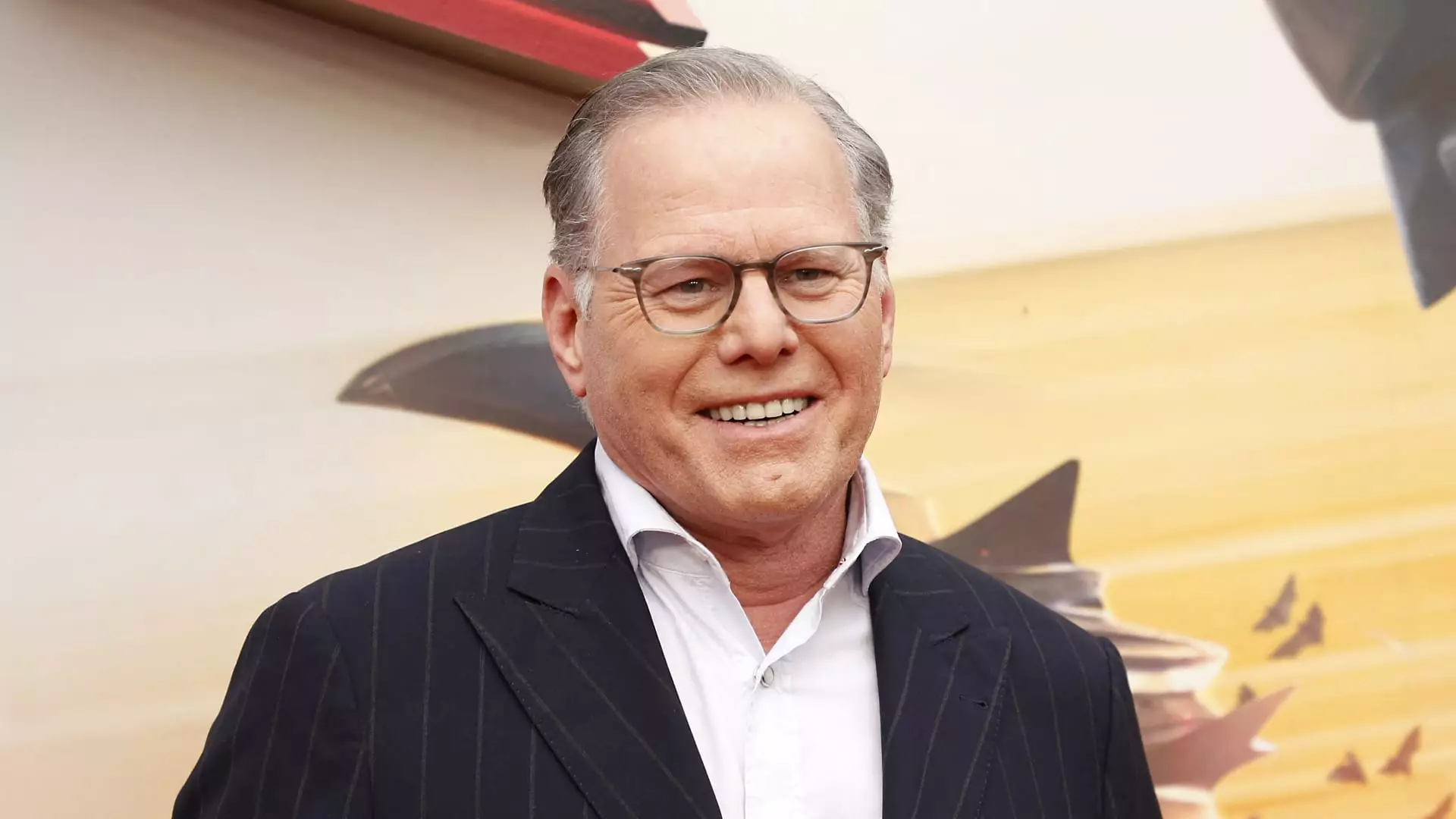In a significant move that underscores the changing dynamics of the media industry, Warner Bros. Discovery has revealed a restructuring initiative aimed at segregating its operations into distinct linear and streaming units. This reshuffle not only signifies an adaptation to evolving consumer preferences but also positions the company for potential future mergers and acquisitions. By choosing to compartmentalize its assets, Warner Bros. Discovery seems to be acknowledging the shifting paradigms in content consumption, where linear television is gradually being overshadowed by digital streaming platforms.
The immediate response from investors following the announcement has been positive, with shares of Warner Bros. Discovery surging approximately 15% during early trading. This rally hints at a broader confidence in the company’s long-term strategy, signaling that investors may view the restructuring as a pathway to greater efficiency and profitability. The establishment of a global linear networks division suggests an intention to concentrate on traditional content delivery channels, which include established names like CNN, TBS, TNT, HGTV, and the Food Network. This division is seen as a strategic move to bolster cash flow from stable revenue sources while the company pivots to address the burgeoning streaming landscape.
On the other side, the newly formed streaming and studios unit is expected to encompass the company’s film studios and its flagship streaming service, Max. Notably, HBO, a longstanding bastion of premium television, will find its new home within this unit. Such placement reinforces HBO’s legacy while channeling its content through a modernized platform aimed at meeting the demands of streaming audiences. The bifurcation of Warner Bros. Discovery’s operations suggests a keen awareness of the need to innovate continuously, as the media environment increasingly leans towards on-demand consumption.
The timing of Warner Bros. Discovery’s restructuring also aligns with recent moves from competitors in the industry, particularly Comcast’s decision to separate its cable networks into a standalone entity. This synchronization hints at an ongoing trend among media giants, which are reevaluating their business models to remain competitive in a fragmented market. By streamlining their operations and focusing on clearer brand identities for their linear and streaming services, these companies are likely anticipating a more favorable climate for growth and consolidation.
As Warner Bros. Discovery aims to complete this restructuring by mid-next year, the implications of this strategic realignment will be closely scrutinized by industry analysts and enthusiasts alike. CEO David Zaslav’s emphasis on ensuring the Global Linear Networks remain a strong cash flow generator, in conjunction with an expanding storytelling focus under the Streaming & Studios banner, suggests a balanced approach to navigate both traditional and contemporary content landscapes. The forthcoming months will reveal how effectively Warner Bros. Discovery can leverage this restructuring to enhance its market presence amidst ongoing transformations in audience engagement and content delivery methodologies.

